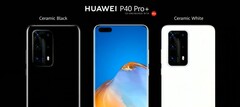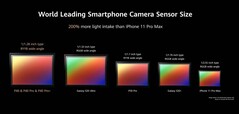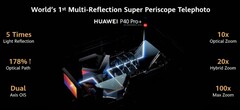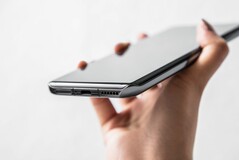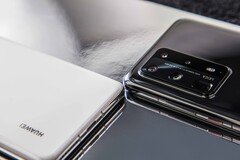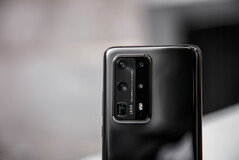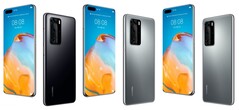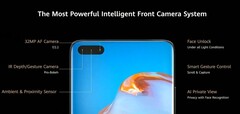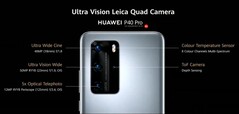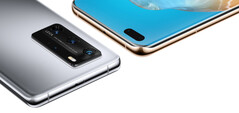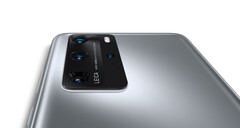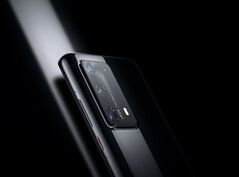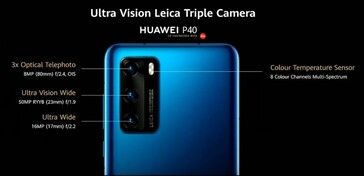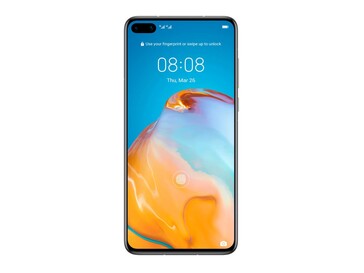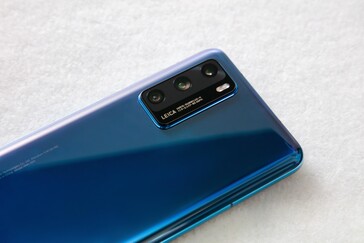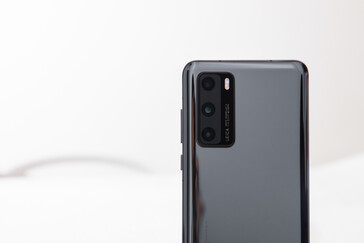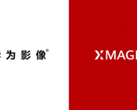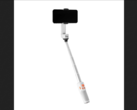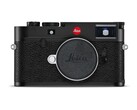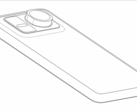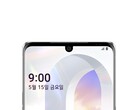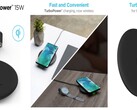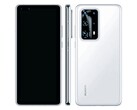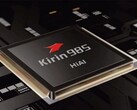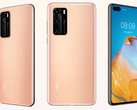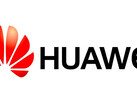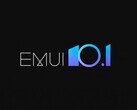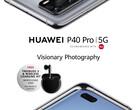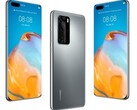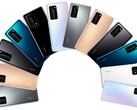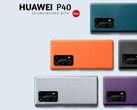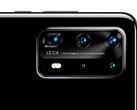Huawei has finally announced the much awaited P40 lineup of phones. This year, Huawei did a Samsung by introducing a P40 Pro+ variant with maxed out internals and a beefy Leica penta-camera setup. The P40 series is powered by the Kirin 990 5G SoC and puts a lot of emphasis on "Visionary Photography" with a large 1/1.28-inch CMOS sensor, 5G connectivity, and a quad-curve Overflow display.
The lack of Google Play Services is still a pain-point with Huawei phones but the company is doing all it can to court developers to its Huawei Mobile Services ecosystem. Huawei is also launching the Celia voice assistant with the P40 series along with the MeeTime conferencing and live video streaming app.
Here's what each phone in the new P40 series has in store for smartphone enthusiasts.
Huawei P40 Pro+
The Huawei P40 Pro+ is powered by the Kirin 990 5G SoC and comes with 8 GB RAM and 512 GB internal storage as the standard option; some markets may offer a 256 GB storage option as well. Additionally, the storage can be expanded by another 256 GB using Huawei's NanoMemory 2 (NM2) card. The phone sports a 6.58-inch 2,640 x 1,200 90 Hz OLED panel with a built-in fingerprint sensor. Huawei has focused a lot on the overall build quality of the phone by giving it a ceramic touch, which the company claims is as tough as sapphire.
The display has a unique Overflow design with even the top and bottom bezels having curved glass. The frame protrudes onto the display at the corners probably to protect the glass during fall.
The Huawei P40 Pro+ aims to set new benchmarks in imaging. Huawei has equipped with the P40 Pro+ with no less than five cameras:
- a 50 MP Ultra Vision camera with a 1/1.28-inch CMOS sensor and an RYYB color array
- an 8 MP 10x pptical telephoto camera with a 240 mm focal length
- an 8 MP 3x optical telephoto camera with an 80 mm focal length
- a 40 MP ultra wide cine camera with a 1/1.54-inch sensor
- a 3D depth sensing ToF camera
The combination of the 10x and 3x optical zoom telephoto lenses should allow for a variety of zoom lengths. Overall, the P40 Pro+ offers up to 100x zoom including software zoom. Apart from the penta-lens setup, the P40 Pro+ also offers 4K HDR+ time lapse, 7680 fps slow motion recording, and real-time bokeh adjustments. A dual-selfie camera with a 32 MP f/2.2 sensor and a depth sensor complete the imaging specifications. The depth camera also supports IR face unlock.
Another first in the P40 Pro+'s cap is that both its wireless and conventional charging are rated at 40W for the 4,200 mAh battery. The phone also comes with a dedicated Kirin W650 chip for Wi-Fi 6 connectivity and support for 160 MHz channel at 5 GHz, which helps in achieving a theoretical throughput up to 2,400 Mbps — double that of the Samsung Galaxy S20 Ultra.
The Huawei P40 Pro+ is IP68 rated for water, splash, and dust resistance, and will be available in White Ceramic and Black Ceramic designs from June 2020 and will retail for €1,399.
Huawei P40 Pro
Just a notch below the P40 Pro+ is the P40 Pro. There is not much difference between the P40 Pro and P40 Pro+ save for the rear camera setup and wireless charging power. While P40 Pro+ uses a penta-camera arrangement, the P40 Pro makes do with a quad-camera setup, which we will get to in a bit. Rest of the features include the same 6.58-inch Overflow 90 Hz display as the Pro+, a dual-selfie camera with a 32 MP lens and a depth sensing lens in a pill-shaped notch, and the Kirin 990 5G SoC.
The Huawei P40 Pro features a Leica quad-camera setup. The lens arrangement is mostly the same as the P40 Pro+ with the primary difference being the use of a 5x optical telephoto lens with a 125 mm focal length instead of the two zoom lenses found in the Pro+ variant.
The other major difference is with respect to the wireless charging power. While the P40 Pro+ offers 40W charging in both wired and wireless modes, the P40 Pro offers 40W wired charging and 27W wireless charging.
The Huawei P40 Pro also carries an IP68 rating and will be available in Silver, White, Gold, and Black finishes from April 2020 with prices starting from €1,000 for the 8 GB RAM and 128 GB storage (expandable via an NM2 card) variant.
Huawei P40
Finally, we have the base P40 variant designed for those who need a flagship experience but prefer a relatively smaller screen size and can make do without some of the additional camera features. While the internals of the P40 are largely the same as the Pro and Pro+ variants, Huawei has mainly cut corners with respect to the display and the camera setup. The Huawei P40 features a 6.1-inch OLED display at 60 Hz, and the triple-camera setup at the back is comprised of a 50 MP Ultra Vision 1/1.28-inch sensor, a 16 MP ultra-wide lens, and a 3x optical telephoto lens with 80 mm focal length.
The P40 offers a basic IP53 dust and ingress protection and a smaller 3,800 mAh battery that supports 22.5W fast charging (no wireless charging support here). The P40 also foregoes the 4-layer SuperCool cooling system for the SoC that is seen in the P40 Pro.
The Huawei P40 will be available in Silver Frost, Ice White, Blush Gold, Deep Sea Blue, and Black color options from April 2020 with prices starting from €799 for the 8 GB RAM 128 GB storage (expandable via an NM2 card) variant.
Source(s)
Huawei Press Release




